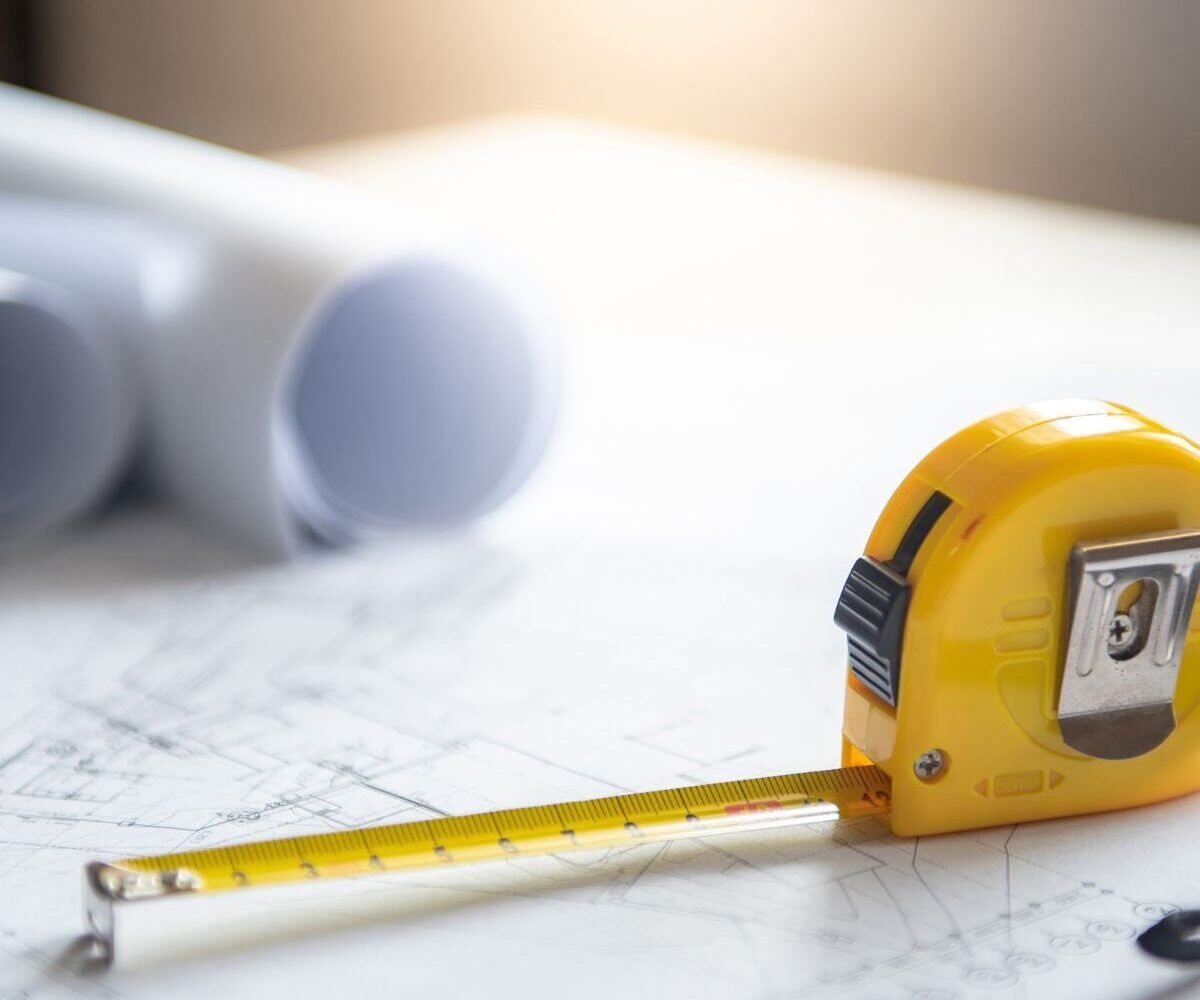Why New Home Costs Vary When Comparing Square Footage

After months (or even years) of thinking, researching, and planning, it’s finally time to start building the custom home of your dreams. So, you meet with two custom design-build companies to go over the square footage and features you want. Now it’s time to review their quotes.
But the quotes aren’t as close to each other as you expected. One is about 20% higher per square foot than the other. What gives?
Comparing average cost-per-square-foot can be misleading. Three factors likely have come into play: the square footage, the materials used, and your personal preferences.
1. Square Footage
Square footage is just one way to compare homes. Two houses that are each 3,000 square feet can look very different in size depending on the overall design and other factors. Those differences affect the building cost, as well.
Square footage factors that impact a home’s building cost include, among others:
- Total square footage of above-ground living space
- Whether that number includes some or all of such features as a garage, basement, balcony, or covered patio
- Whether that number includes some or all of a two-story ceiling or atrium (for example, some builders include the upper half of a two-story ceiling as second-floor square footage)
You can see why two houses with the same official square footage might differ in outside dimensions and inside spaciousness.
Another price factor is how the square footage is laid out. All else being equal, a 3,000 sq. ft. house with 5 bedrooms and 3 bathrooms will cost less to build than a 3,000 sq. ft. house with 5 bedrooms and 5 bathrooms.
2. Materials
Two brides-to-be order the same wedding dress in the same size from the same designer. But one of them, nervous about ripping the tight sleeves after bending her elbows a few times, pays 15% more to have a better-quality lace used in the long sleeves.
The same goes for the materials used in your home. Top-of-the-line materials are more durable and expensive than mid-level or cheaply made materials. The same house plans constructed with different grades of materials will not cost the same to build.
That doesn’t mean you must use the premium materials your builder may initially quote. Most builders are willing to negotiate these to bring down costs. Remember, though, that premium materials may look better, last longer, and can even save the homeowner on maintenance and repair costs over the long run. Top-quality products also often have the best guarantees and warranties.
3. Personal Preferences
The homeowner’s personal preferences can make a substantial difference in costs to build two otherwise comparative custom homes. Every “must-have” aesthetic choice or other decision (no matter how practical or mundane) can affect the average cost-per-square-foot.
In Summary
As the above outlines, cost-per-square-foot can be misleading. When comparing quotes from custom home builders, focus on the overall cost and the materials and services you’ll be getting in return. Check out past projects, reputation, and client testimonials.
Count on Our Experience
Choose the best custom home builder for your new home – Sheffield Homes. Having served customers in the Denver metro area and northern Colorado for more than 40 years, we have the knowledge, expertise, and trade relationships to take your ideas from conception to reality. Contact us today and let’s get started.
/Sheffield_Logo_Horizontal_Reversed.png)


